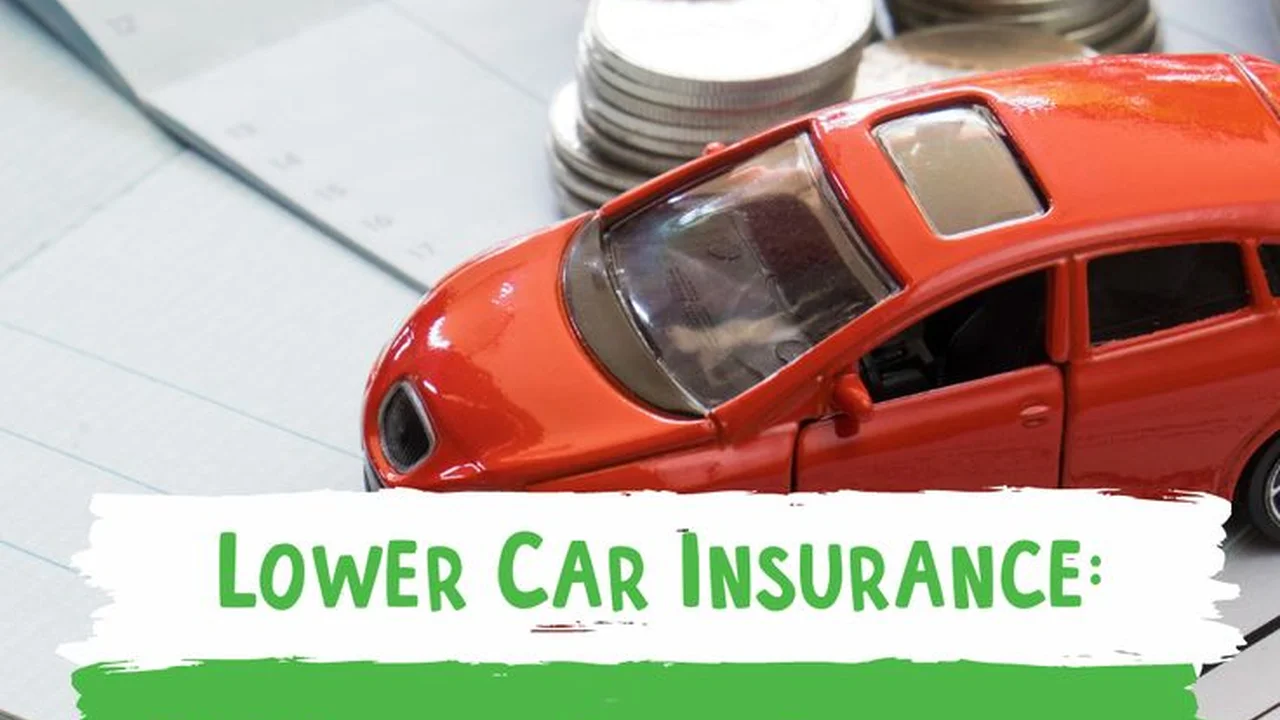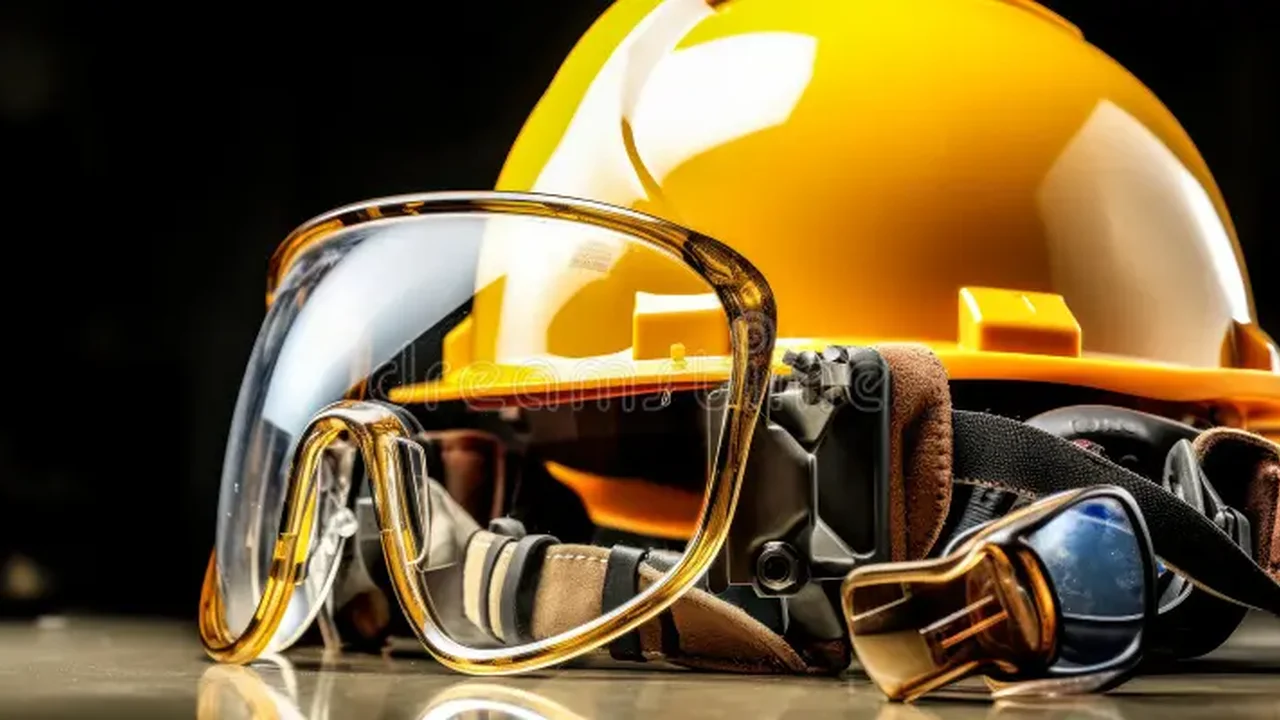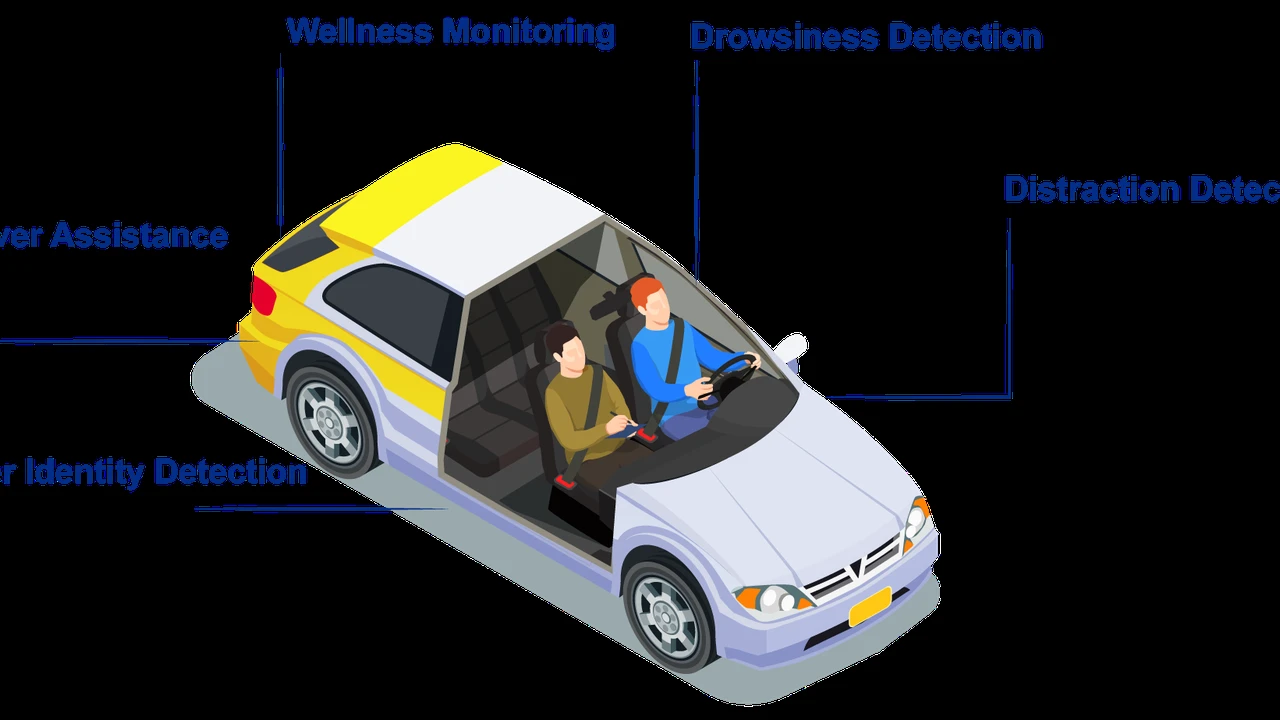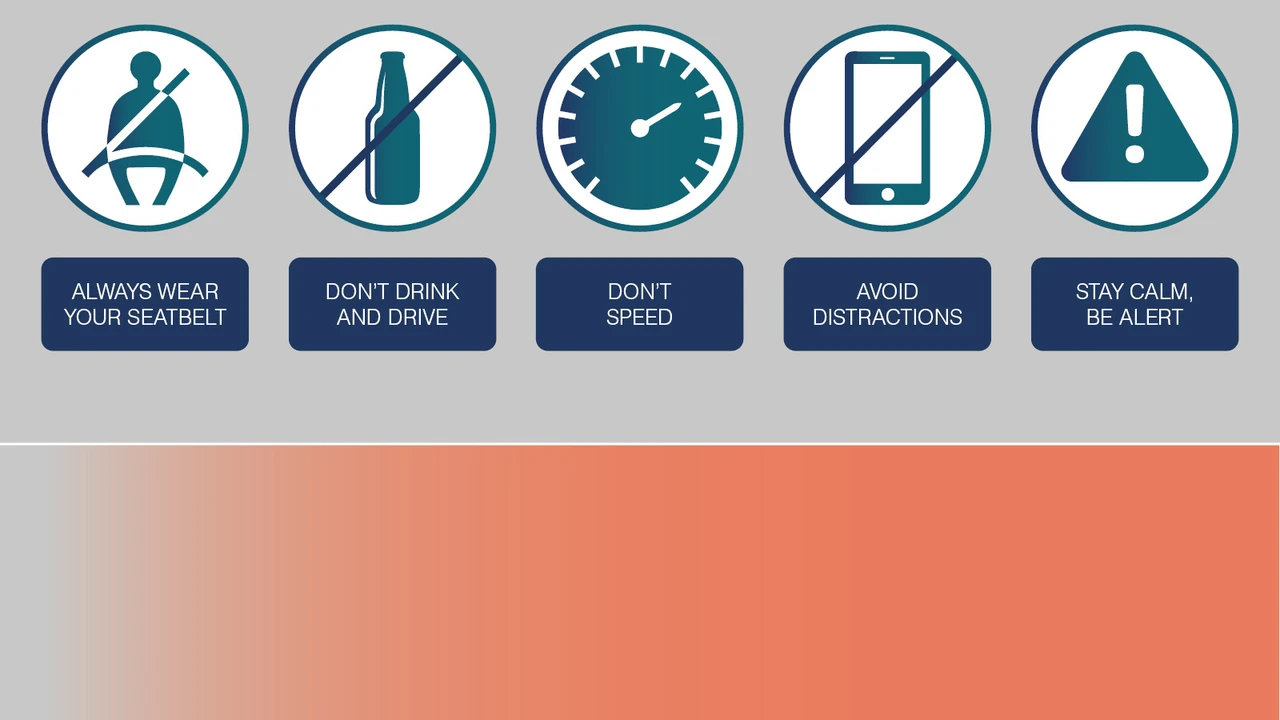Navigating Construction Zones Safely: Tips for Drivers
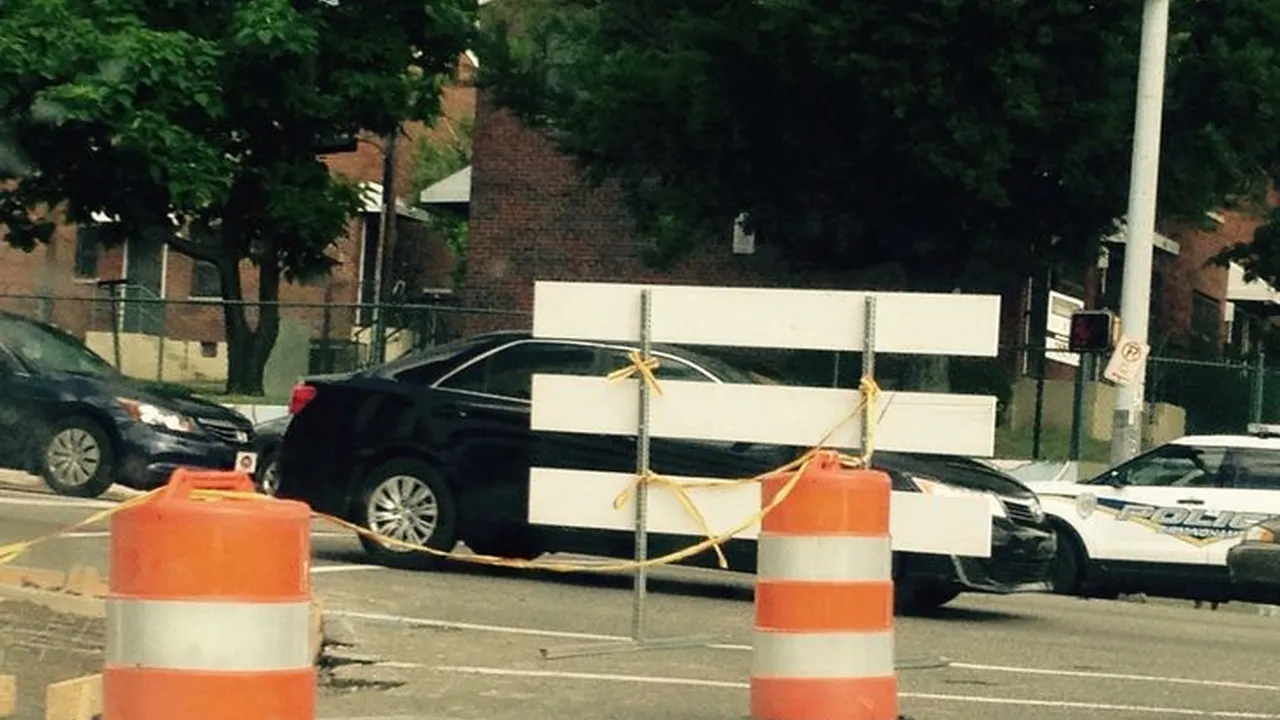
Understanding the Risks Construction Zone Safety
Alright folks, let's talk construction zones. We all dread them, right? Traffic jams, lane closures, those flashing orange signs... But beyond the inconvenience, they're actually pretty dangerous. Construction zones are like a perfect storm of hazards: distracted drivers, heavy machinery, unpredictable worker movements, and constantly changing road conditions. You've got workers on foot just inches from speeding cars, uneven pavement, and often reduced visibility. It's a recipe for disaster if you're not paying attention. According to the Federal Highway Administration (FHWA), hundreds of people are killed and tens of thousands injured in work zone crashes every year. These aren't just statistics; these are real people. So, let’s dive into how to navigate these zones safely and protect ourselves and the workers who are just trying to do their job.
Pre-Trip Planning and Construction Zone Awareness Road Safety
Before you even turn the key, do a little reconnaissance. Check your route. Are there any known construction zones along the way? Google Maps, Waze, and even your local news websites are great resources for this. Knowing what to expect can help you mentally prepare and avoid surprises. If possible, consider alternative routes. A few extra minutes on the road might be worth avoiding the hassle and potential danger of a construction zone. But if you absolutely have to go through one, at least you'll be prepared. Make sure your vehicle is in good working order. Check your tires, brakes, lights, and fluids. A breakdown in a construction zone is not only inconvenient but incredibly dangerous. Also, adjust your departure time. Construction zones often cause delays, so leave yourself plenty of time to reach your destination without feeling rushed. Rushing leads to mistakes, and mistakes in construction zones can be deadly.
Safe Driving Techniques in Construction Zones Speed and Following Distance
Okay, you're in the zone. Now what? First and foremost: slow down! Construction zones almost always have reduced speed limits, and for good reason. Those limits aren't just suggestions; they're there to give you more time to react to unexpected situations. Speeding tickets in construction zones often come with hefty fines and even points on your license. More importantly, slowing down significantly increases your chances of avoiding an accident. Maintain a safe following distance. Rear-end collisions are a major cause of accidents in construction zones. Give yourself plenty of space between you and the vehicle in front of you. The general rule is at least three seconds, but in a construction zone, consider increasing that to four or five seconds. Remember, things can change quickly, and you need time to react. Be extra vigilant. Scan the road ahead for workers, equipment, and changes in traffic patterns. Avoid distractions. Put away your phone, turn down the radio, and focus on the task at hand. Construction zones are not the place to multitask. Keep both hands on the wheel and your eyes on the road. Anticipate potential hazards. Look for signs indicating lane closures, detours, and changes in speed limits. Be prepared to adjust your driving accordingly. Remember, construction zones are dynamic environments, and things can change rapidly.
Staying Alert and Avoiding Distractions Construction Zone Awareness
Distracted driving is a killer, plain and simple. In a construction zone, it's even more dangerous. Put your phone away. Seriously. No texting, no talking, no checking social media. If you need to make a call, pull over to a safe location. Turn off the radio or podcast. Loud music can be distracting, especially in a noisy construction zone. Focus on the sounds of your vehicle and the surrounding environment. Avoid eating or drinking while driving through a construction zone. These activities take your attention away from the road and can impair your reaction time. Secure loose objects in your vehicle. Anything that could roll around or fall can be a distraction. If you're traveling with passengers, ask them to help you spot potential hazards. Extra sets of eyes can be a lifesaver. If you're feeling tired, pull over and take a break. Drowsy driving is just as dangerous as drunk driving. Construction zones require your full attention, so make sure you're alert and focused.
Understanding and Obeying Signs and Signals Construction Zone Navigation
Construction zones are filled with signs and signals, and it's crucial to understand what they mean. Pay attention to warning signs. These signs alert you to potential hazards ahead, such as lane closures, detours, and reduced speed limits. Obey flaggers. Flaggers are there to direct traffic and ensure the safety of workers. Follow their instructions carefully and be patient. Understand temporary traffic signals. These signals may be used to control traffic flow in areas where lanes are closed or detoured. Be prepared to stop and wait your turn. Be aware of pavement markings. Construction zones often have temporary pavement markings that may differ from the usual markings. Pay attention to these markings and follow them carefully. If you're unsure about something, slow down and proceed with caution. It's better to be safe than sorry. Don't assume anything. Just because you've driven through a construction zone before doesn't mean it will be the same this time. Always be prepared for changes in traffic patterns and road conditions.
Vehicle Maintenance and Preparedness for Construction Zone Travel
Before hitting the road, especially if you know you'll be encountering construction, give your car a quick check-up. Are your tires properly inflated? Low tire pressure can affect your handling and braking, especially on uneven surfaces. Are your brakes in good working order? Construction zones often require sudden stops, so make sure your brakes are up to the task. Are your lights working properly? Headlights, taillights, and brake lights are essential for visibility, especially in low-light conditions. Check your fluid levels. Make sure you have enough oil, coolant, and windshield washer fluid. A breakdown in a construction zone can be a real hassle. Pack an emergency kit. Include items like a flashlight, jumper cables, a first-aid kit, and some non-perishable snacks. You never know when you might need them. Keep your gas tank full. Running out of gas in a construction zone is not only inconvenient but potentially dangerous. A full tank gives you peace of mind and ensures you won't get stranded. Consider investing in a dashcam. A dashcam can provide valuable evidence in the event of an accident. It can also help you monitor your driving habits and identify areas for improvement.
Essential Safety Products for Construction Zone Driving Recommendations and Reviews
Now, let's talk about some gear that can make navigating construction zones a little safer and a lot less stressful. We're not just talking about generic stuff; we're diving into specific products and how they can help. Remember, prices can fluctuate, so always check with retailers for the most up-to-date information.
High-Visibility Safety Vest Construction Worker Protection
Even if you're not a construction worker, keeping a high-visibility vest in your car is a smart move. If you ever have to get out of your vehicle in a construction zone, especially at night or in low-light conditions, a vest can make you much more visible to other drivers. The Radians SV55 Type R Class 2 Mesh Safety Vest is a popular choice. It's lightweight, breathable, and meets ANSI/ISEA standards for high visibility. You can find it for around $15-$20 on Amazon or at most safety supply stores. The usage scenario is simple: if you *must* exit your vehicle in a construction zone, put it on. Compared to a standard orange vest, the Radians model is often brighter and more comfortable due to its mesh design. A cheaper alternative might be a basic solid-color vest, but the mesh and brighter color of the Radians offer superior visibility.
Dash Cam with Night Vision Construction Zone Accident Recording
A dashcam can be your best friend in the event of an accident, providing irrefutable evidence of what happened. The Vantrue N4 3 Channel Dash Cam is a top-of-the-line option with front, interior, and rear cameras, ensuring you capture everything. It also boasts excellent night vision, crucial for construction zones that are often poorly lit. Expect to pay around $250-$300 for this model. The usage scenario is simple: install it in your car and let it record continuously. In case of an accident, you'll have video evidence to support your claim. Compared to cheaper, single-camera models, the Vantrue N4 offers comprehensive coverage and superior image quality. A budget-friendly option might be the Rexing V1, but it lacks the interior and rear cameras and the same level of night vision.
Blind Spot Mirrors Increased Visibility
Construction zones often involve lane changes and merging, making blind spots a major hazard. Blind spot mirrors can significantly improve your visibility. The Ampper Blind Spot Mirrors are a popular and affordable choice. They're small, adjustable, and easy to install. You can get a set for around $10-$15 on Amazon. The usage scenario is straightforward: attach them to your side mirrors and adjust them to eliminate your blind spots. Compared to driving without blind spot mirrors, these small additions can dramatically increase your awareness of vehicles around you. A more expensive option might be a blind spot monitoring system, but for the price, the Ampper mirrors offer excellent value. Cheaper versions might use lower-quality adhesive, so sticking with a reputable brand is wise.
Tire Pressure Monitoring System (TPMS) Real-Time Tire Monitoring
Maintaining proper tire pressure is crucial for safe driving, especially in construction zones where you might encounter debris or uneven surfaces. A TPMS can alert you to low tire pressure before it becomes a problem. The FOBO Tire 2 TPMS is a popular Bluetooth-enabled system that sends alerts to your smartphone. It costs around $200-$250. The usage scenario is simple: install the sensors on your tires and monitor the pressure using the FOBO app. Compared to manually checking your tire pressure regularly, the FOBO system provides real-time monitoring and alerts you to any issues immediately. A cheaper alternative might be a basic tire pressure gauge, but it requires manual checking, which is often neglected. The FOBO system provides peace of mind and can help prevent tire blowouts.
First Aid Kit Roadside Emergency Preparedness
Accidents happen. Being prepared with a well-stocked first aid kit can make a significant difference in an emergency. The First Aid Only All-Purpose First Aid Kit is a comprehensive kit that includes a variety of supplies for treating minor injuries. It costs around $20-$30. The usage scenario is obvious: keep it in your car and use it to treat injuries in the event of an accident. Compared to having no first aid kit, this kit provides essential supplies for addressing common injuries. A more expensive option might be a professional-grade medical kit, but for most drivers, the First Aid Only kit provides adequate protection. Consider adding extra items like pain relievers and antiseptic wipes to customize it to your needs.
Staying Calm and Patient in Construction Zone Traffic Management
Let's be honest, construction zones can be incredibly frustrating. But losing your cool won't make the traffic move any faster, and it can actually make the situation more dangerous. Take deep breaths. When you feel yourself getting frustrated, take a few deep breaths to calm your nerves. Listen to calming music or a podcast. Distract yourself with something that will help you relax and focus on something other than the traffic. Avoid aggressive driving. Don't tailgate, cut people off, or honk your horn unnecessarily. Aggressive driving only increases the risk of an accident. Be patient. Remember that construction zones are temporary, and they're ultimately designed to improve the roads. Focus on getting to your destination safely, not quickly. Give other drivers the benefit of the doubt. Everyone is just trying to get through the construction zone, so be courteous and understanding. Remember, we're all in this together. If you're feeling overwhelmed, pull over to a safe location and take a break. It's better to arrive a little late than to risk an accident.
Sharing the Road with Construction Workers Worker Safety
It's easy to forget that construction zones are workplaces, and the people working there are just trying to earn a living. Respect the workers. Remember that they're putting their lives on the line to improve our roads. Give them plenty of space. Don't drive too close to workers or equipment. Be aware of their movements. Workers may be moving around unpredictably, so be prepared to react quickly. Make eye contact. If you see a worker, make eye contact to let them know you see them. This can help prevent accidents. Be patient. Construction workers are often working under difficult conditions, so be patient and understanding. Slow down. Speeding is a major cause of accidents in construction zones, so slow down and give yourself plenty of time to react. Remember, these are people with families who want to go home safe at the end of the day.
:max_bytes(150000):strip_icc()/277019-baked-pork-chops-with-cream-of-mushroom-soup-DDMFS-beauty-4x3-BG-7505-5762b731cf30447d9cbbbbbf387beafa.jpg)



